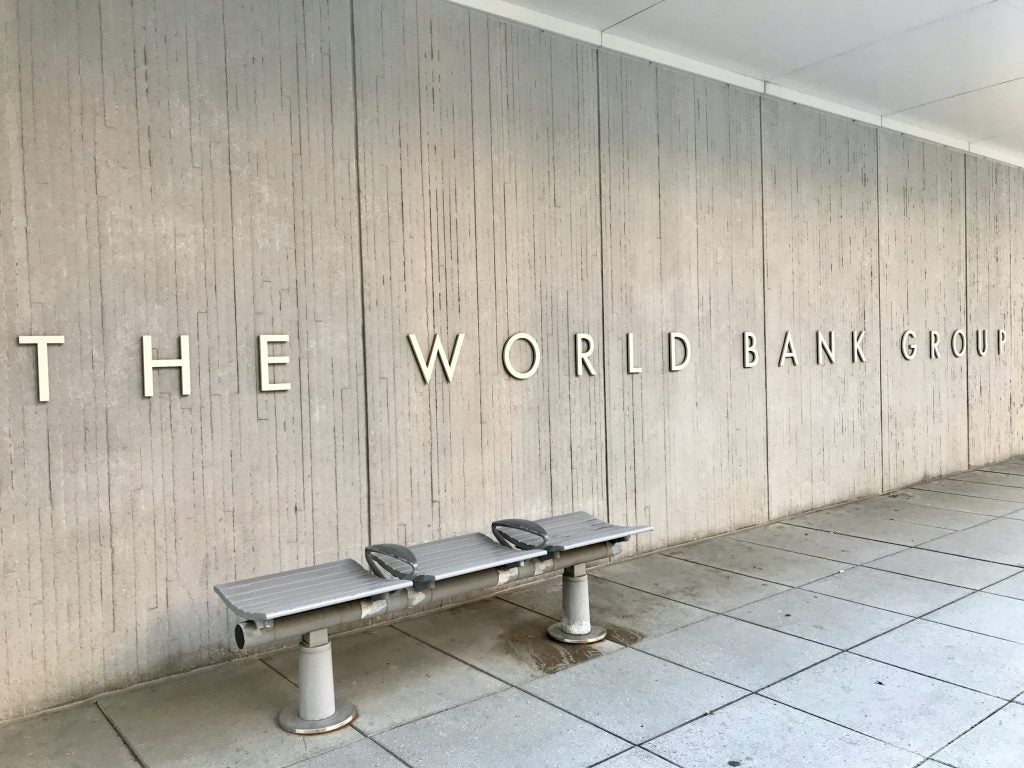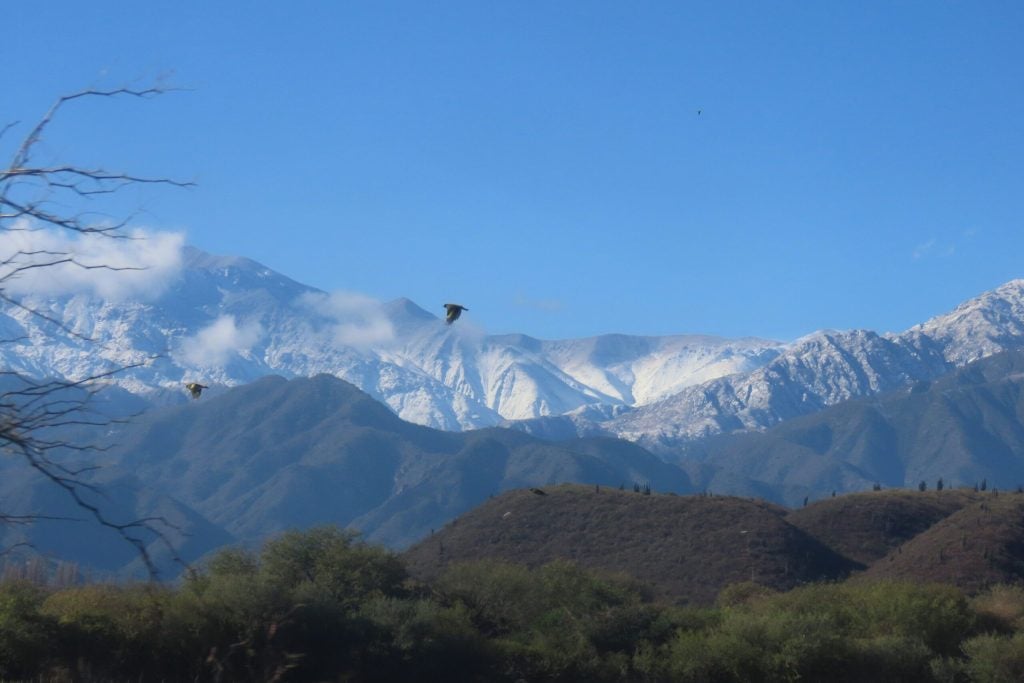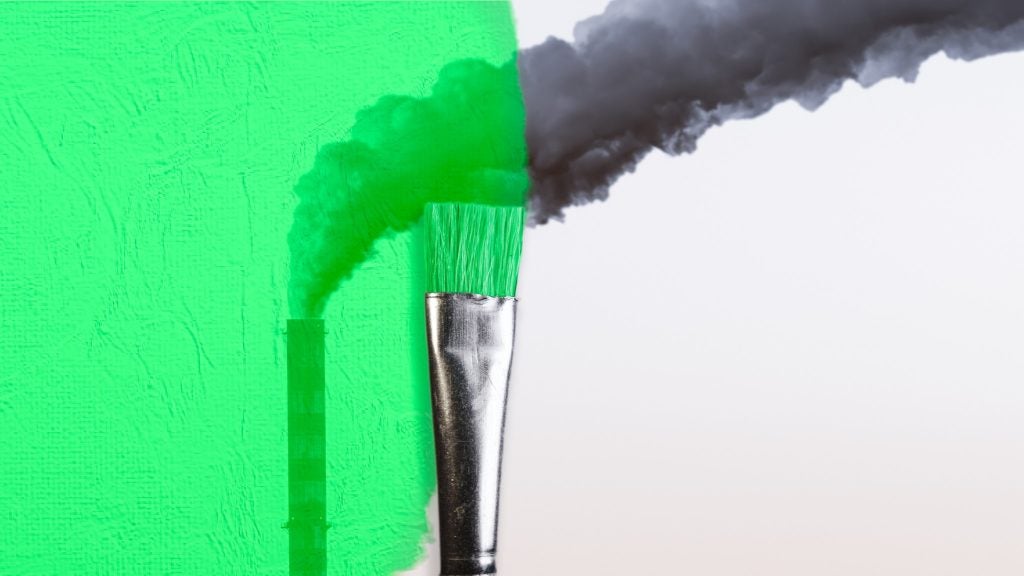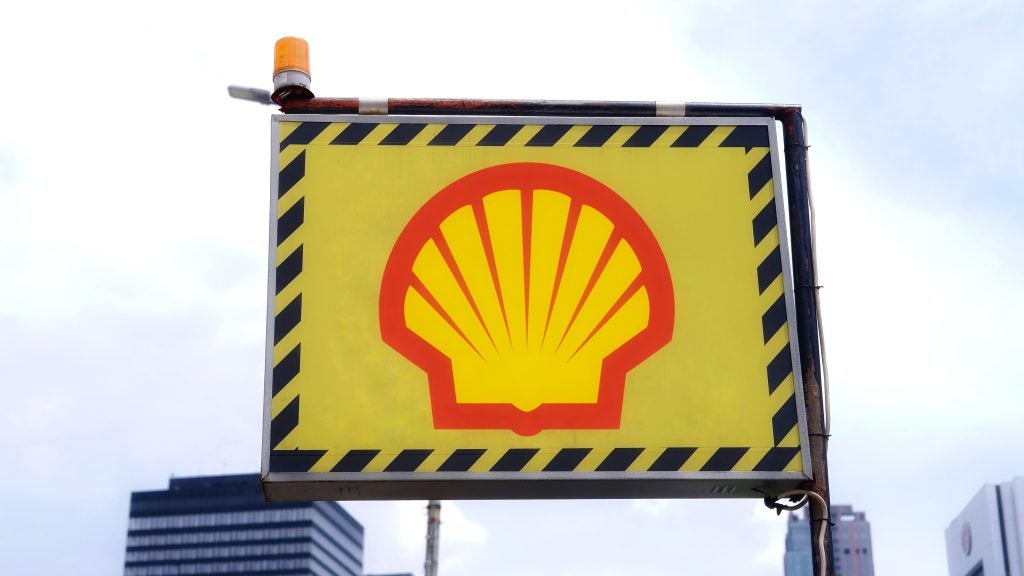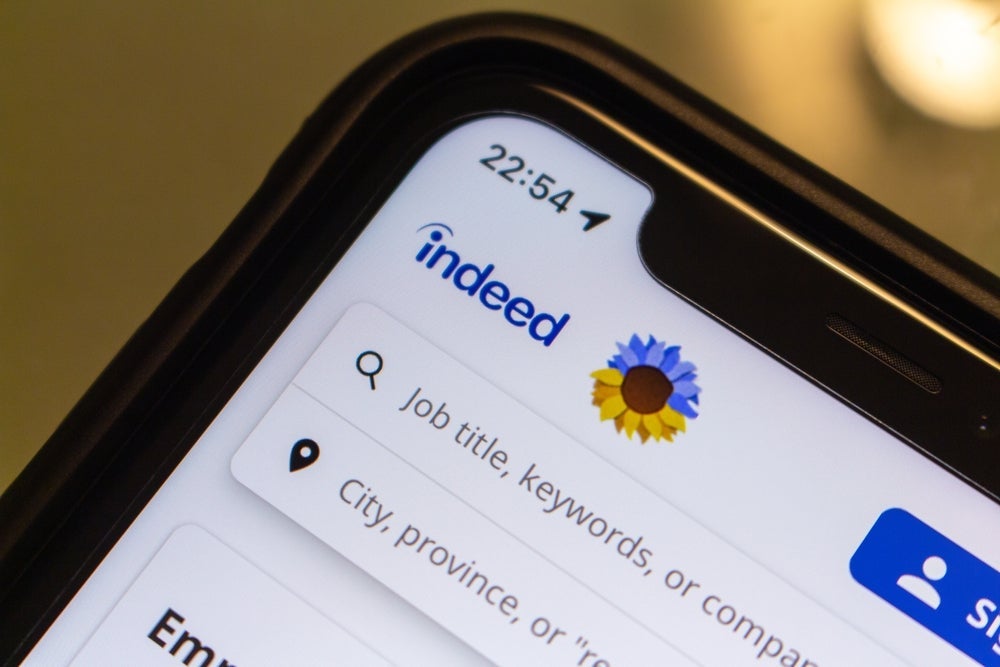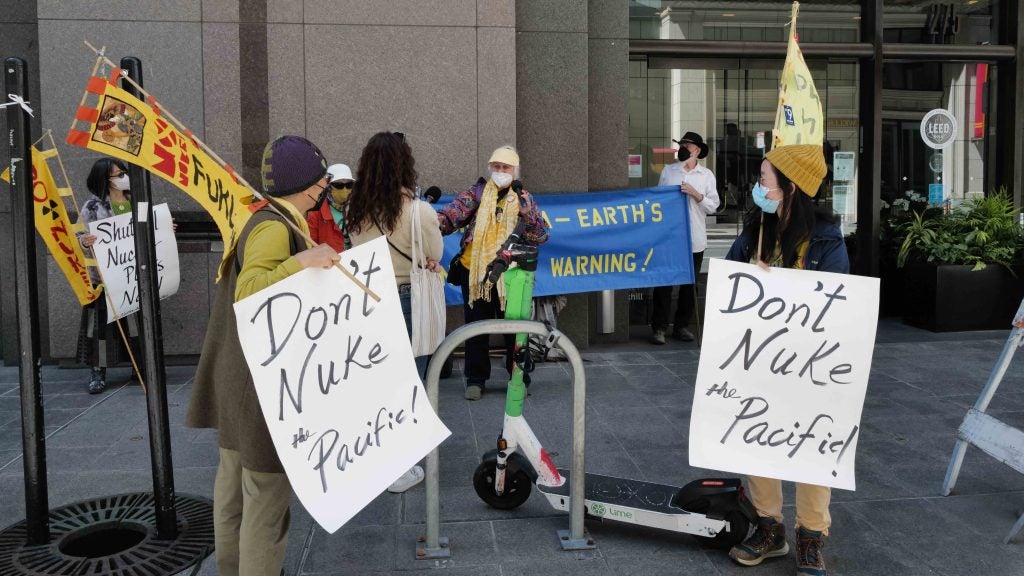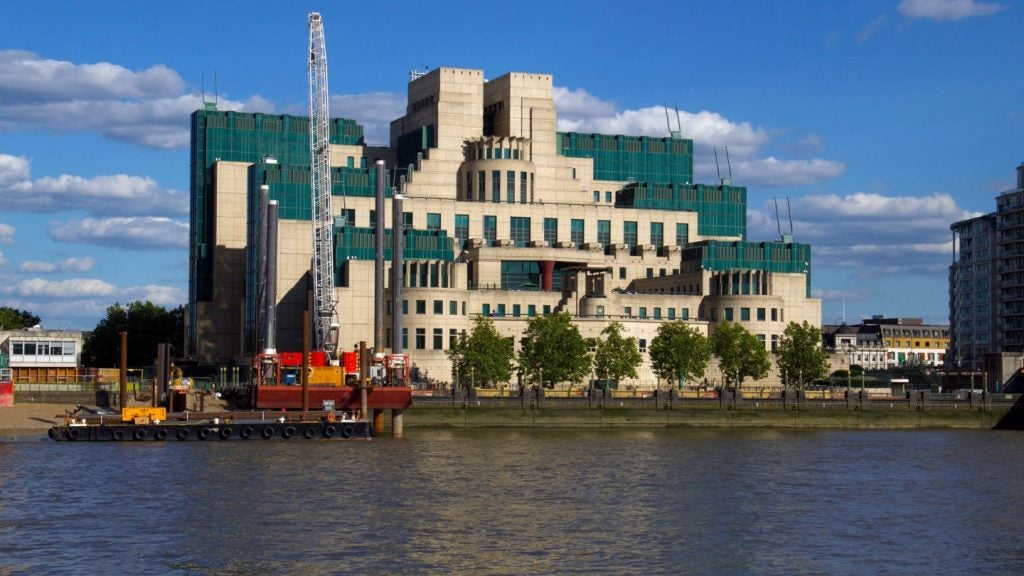Global financial architecture - the international system through which countries can access financing to invest in infrastructure and development - is changing. New initiatives are springing up to simplify, decarbonise and significantly boost development finance.
The World Bank - which owns the International Bank for Reconstruction and Development, the world’s largest multilateral development bank (MDB) - is leading the charge. Since the ousting of former climate sceptic chief David Malpass in February, the bank has pursued a reformist agenda, creating a Private Sector Investment Lab to identify financing approaches that can be implemented and scaled to mobilise capital more effectively; unveiling new steps to increase lending capacity; and announcing a new partnership with the Inter-American Development Bank to boost lending in Latin and America and the Caribbean.
At its Annual Meetings in Marrakech in October, the bank’s governing body approved a new vision statement to "create a world free of poverty on a liveable planet," therefore incorporating its new mission to tackle climate change. It also endorsed other proposals that had been issued throughout the year.
It is not just development banks making noises: The past year has also seen a significant drive to boost and redesign global financial systems from world leaders. The Bridgetown Initiative, launched by Barbadian PM Mia Mottley in 2022, is a major multilateral push for finance and trade to work together to support the shift towards low-carbon, resilient economies in the Global South. Mottley and French President Emmanuel Macron convened a summit of 40 world leaders in June to “change the way global finance is done”, unveiling an 18-month roadmap for action on global financial architecture reform.
The UN’s Sustainable Development Goals (SDGs) summit in New York in September reiterated calls for reform via a Political Declaration from heads of state to boost financing to meet SDGs by 2030 (only 15% of targets are currently ‘on track’). The Africa Climate Summit, also in September, saw every African leader call for “concrete action on the proposals to reform the multilateral financial system” in the Nairobi Declaration, encompassing MDB capitalisation, and more concessional capital distributed by MDBs directed to emerging and frontier economies.
The year 2023 has seen an “absolutely extraordinary focus on international financial architecture reform, the likes of which I have never seen before”, says Clemence Landers, a senior policy fellow at the Center for Global Development (CGDEV) and former development finance official at the US Treasury. “Figures like Emmanual Macron, Joe Biden at the G20 leaders summit, and Treasury Secretary Janet Yellen are all extremely focused on this subject."
But what exactly are the reforms being proposed - and to what extent have we moved on from the realm of “proposals” to “concrete action”, as the Nairobi Declaration advocates?
What global financial architecture reform looks like
Developing countries are looking for a massive increase in development lending and improved terms of lending, in order to be able to adapt to and mitigate climate change, and meet other development challenges. Michael Jacobs, a visiting fellow at development think tank ODI, offers a succinct summary of how the World Bank, and other MDBs, are proposing to address these concerns.
“The first priority is for greater operational efficiency. The World Bank has become very difficult to borrow money from, with a lot of conditionalities around social and environmental concerns which make application procedures overly complicated”, says Jacobs. “The second relates to the so-called ‘capital adequacy framework’, which essentially is the question of how much risk the World Bank can afford to take in lending while still retaining its AAA credit rating.” He points to research commissioned by the G20, which shows that MDBs can afford to take more risks. But the banks’ shareholders, always risk averse, are yet to fully exploit the opportunities.
“The third priority is to increase the use of guarantees. These are additional sources of security provided by wealthy countries like the UK, France or the US, which allow the MDBs to lend and borrow more than they otherwise could,” says Jacobs.
“Fourthly, there is recapitalisation, which means the richer countries actually put more equity into the banks. The ability of MDBs to borrow from the markets means that, if countries put in an extra, say, $25bn, this could probably be turned into $250bn over ten years.”
Fifth, says Jacobs, there is "blended finance", a mechanism through which the MDBs can lend alongside the private sector. By sharing risk, this allows them to leverage private capital as well as their own. But Jacobs adds a warning note. “MDBs have been promising to leverage private capital for 20 years, but so far very little has been achieved,” he says. “And private money raised in this way rarely goes to the least developed countries – it is the middle-income countries, which are seen as safer.”
A final priority, says Jacobs, is to get more cooperation between MDBs. On the ground, in an individual country, these banks often find themselves competing against one another to lend to safe projects. It would help governments immensely if instead, they coordinated their lending and operational practices through ‘country platforms’ responding directly to borrower government needs.
A backdrop of stagnant finance
However, the moves to reform the global financial architecture are assessed, any reformist agenda is arguably a good thing, given the sluggish levels of development finance in recent years.
World Bank Group lending commitments have increased in recent years, crossing $100bn in 2023, but the increase remains “below what is needed”, says CGDEV’s Landers, given the trillions required for countries in the Global South to sustainably develop.
Bilateral aid from the OECD has also increased, “but a lot of it is going to middle-income countries, not least developed economies'', says Landers. Moreover, not all countries are moving in the right direction: Uniquely in the G7, the UK saw bilateral aid decrease year-on-year in 2022, despite the ever-growing global demands for more development finance.
World Bank data tracking private participation in infrastructure (PPI) in the Global South shows that PPI has increased over the past two years, to $91.7bn across 263 projects in 2022. However, the value of PPI remains significantly below the figure recorded in 2019 and is nearly half the figure recorded in 2012.
Current high-interest rates mean the cost of debt is rising for private investors, potentially increasing the importance of MDBs in getting future green infrastructure projects off the ground.
The value of export credits from OECD export credit agencies (ECAs) - bodies that provide financing to domestic companies' international investments - has also broadly been in decline over the last decade.
ECAs have historically been a major player in driving infrastructure growth in low-income countries: Between 2009 and 2019, OECD ECAs provided $725bn of export credits, with around 14% going to the energy sector.
Export credits are increasingly benefiting clean energy, notably in the 34 countries and five public finance institutions signing the Glasgow Statement to end public finance for fossil fuels at COP26 in 2021. Signatures on the statement are already directing an estimated $5.7bn away from fossil fuels each year - though wealthy countries such as the US, Italy and Japan have also reneged on their pledges to the tune of several billion dollars, according to recent research from the NGO Oil Change International.
Worse, most MDBs - including The World Bank - have failed to sign the Glasgow Statement to end public finance for fossil fuels. Indeed, the World Bank has been criticised for continuing to pour billions of dollars into fossil fuels projects, with $3.7bn in 2022 alone, according to NGO Urgewald.
“MDBs should not invest in fossil fuel power generation", wrote experts at ODI in a recent blog post. “In the unlikely event that this is genuinely the cheapest form of electricity available in a country, governments should be able to secure private investment.”
Recapitalisation is key
Ahead of the 2023 G20 leaders summit in India in September, the World Bank’s Independent Evaluation Group published a report calling for a tripling of MDB lending levels to $300bn per year in non-concessional finance, and $90bn per year in concessional finance, by 2030. This would be a level of financing “commensurate with their anticipated contributions to the global goals and country outcomes that have been set by the SDGs and in the UNFCCC Paris Agreement”.
Discussed reforms to MDBs will go some way to reach this outcome, but they will fail to make significant inroads without recapitalisation. This is something that last happened in 2018, but which World Bank shareholders - by far the largest of which is the US - have been reluctant to consider in 2023.
"We are not requesting a capital increase," said Janet Yellen during a budget hearing of the US House of Representatives Appropriations Subcommittee on State, Foreign Operations, and Related Programs, in March. "We do want to see better mobilisation of private resources alongside World Bank investments […] but we're not requesting a capital increase at this time."
The failure thus far to recapitalise, and therefore really boost the ability of The World Bank to support development, means that for Landers, talk of MDB reform has so far “failed to translate into real action”.
She adds that the failure to back lofty words with real policy could actively damage the multilateral system. “There's this enormous disconnect between the rhetoric and the action,” she says. “And that’s creating more and more distrust between developing countries and the Global North, who are accused ever more loudly of double standards.”
Global financial architecture reform takes time
Nevertheless, the reforms and momentum to date should not be written off - far from it. Much of the global financial architecture has been in place since the end of the Second World War, and it was always going to take a significant amount of time and energy to reform it. Moreover, recapitalisation is not totally off the cards: major shareholders simply want to maximise the World Bank’s lending ability to its current full potential first (Yellen ruled out recapitalisation “at this time”).
“MDB annual meetings such as the World Bank’s in Marrakech are always very technical and very high-level,” says ODI’s Jacobs. “It is unrealistic to expect immediate real-world impacts, which can be frustrating for observers.”
Franklin Steves, a senior policy adviser in sustainable finance at UK-based think tank E3G, believes that the announcements over the past year provide lots of grounds for optimism for global financial architecture reform.
“For the first time, financial architecture reform is front and centre of discussions around climate, which is a huge, positive step,” says Steves. “An urgency has come into conversation like never before - and it is indicative of how voices from the Global South have really been elevated in climate discussions.”
Indeed, a raft of newly elected presidents in developing countries - notably Brazilian President Lula da Silva, Colombian President Gustavo Petro, and Kenyan President William Ruto - have been piling on the pressure. Their calls for radical solutions like a global green bank, and a new Marshall Plan have driven the reformist agenda.
From the war in Ukraine and geopolitical tensions with China to Donald Trump returning to office, there are numerous external factors that could yet blow the global financial architecture reform off course. But the fact that so much of the world is now experiencing climate change in a way that has never occurred before – and therefore are requesting money to invest in mitigation and adaptation with ever more urgency – will continue to pile pressure on policymakers and financiers to boost the capital available and align it with net zero.
“What MDBs manage to achieve … depends on a lot of different factors, not least the results of elections in key countries,” says Landers. “But momentum is in the right direction. Often these things seem impossible, then they become inevitable overnight.”


